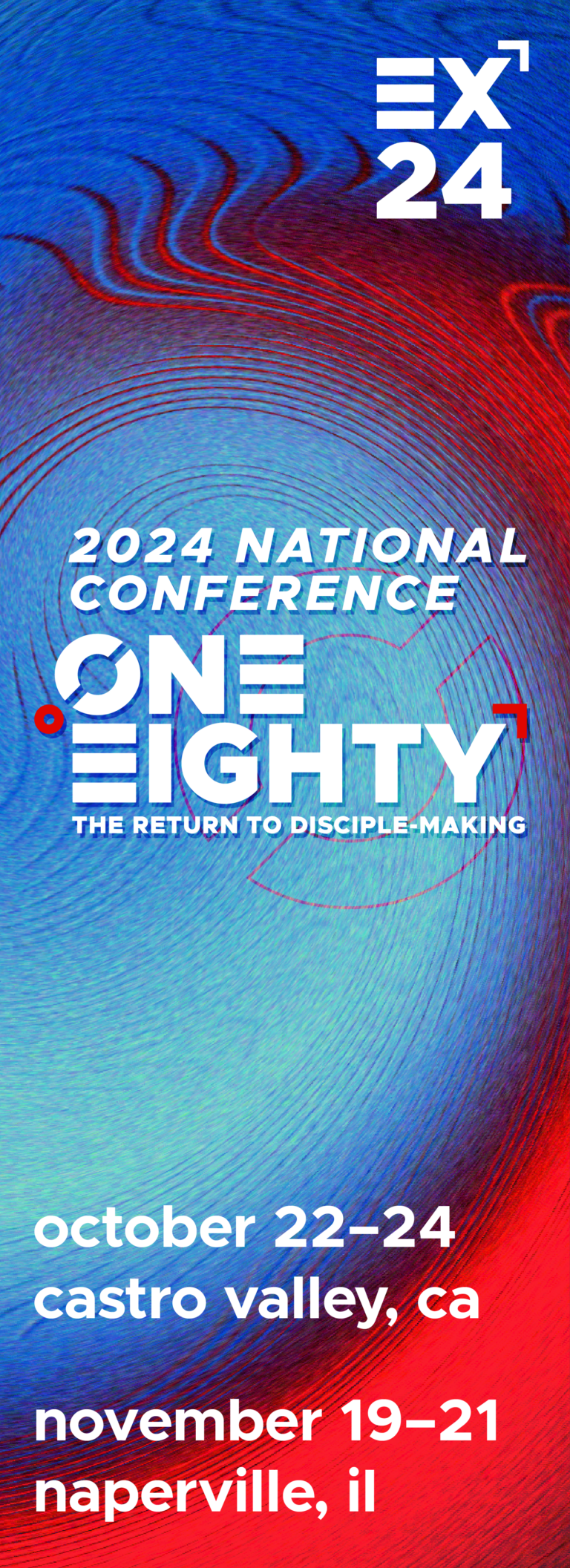The Enneagram as a Pathway for Spiritual Growth
By Sarah Bourns Crosby
____________________________________________________________________________________
“You are here.”
You know those maps in the mall that you look for in order to first figure out where you are right now, before determining how to get where you want to go? Helpful, right?
Once you find your “here,” where your two feet are currently standing, you’re then able to accurately route yourself to your desired destination.
The Enneagram is a bit like those “you are here” markers, but for our souls.
I see the Enneagram as less of a static personality typing system and more of a personalized spiritual formation pathway. It tells us where we currently find ourselves, holding all of our baggage and brokenness, and then offers some possible routes toward maturity in Christ.
The Enneagram originated as an early spiritual direction tool. A seasoned guide or “holy listening” companion would tailor their approach with an individual to include the wisdom from their particular Enneagram identification. For example, if a person found themselves currently in a “you are here” place of shame and perfectionism, the spiritual director may then lead them on a pathway toward grace and contentment, specific to the One typing.
Each of the nine types likewise have a unique route toward growth in relationship to God, self, and others, each from a very different starting point. The Enneagram thus becomes a tailored approach for moving from un-health to health, from wounding to wholeness, and from angst to peace.
We discover our Enneagram type primarily through honest assessment of our particular brand of brokenness—our “shadow side,” as Richard Rohr calls it. Whichever of the nine types that most accurately exposes your core fixation, your core fear, or your core fallenness, that is your “you are here” marker. This requires both self-awareness and soul-awareness. But once you know where you are standing, you can more specifically route yourself to where you want to go.
Like a good spiritual director, the Enneagram becomes a kind of guide pointing us toward personalized practices and rhythms most helpful for our desired spiritual growth.
For example, the person who identifies as an Eight on the Enneagram, whose false self manifests in control and power, may find that intentional practices toward gentleness and surrender are crucial for his or her maturity. Someone else who resonates with the core fear of pain/deprivation as a Seven may choose rhythms of fasting or silence as a way to intentionally move toward peace and acceptance.
If we as leaders desire to guide our people toward healing and maturity, we would do well to be curious about the nuanced path each person may take to get there.
____________________________________________________________________________________
Excerpt from Sarah Bourns Crosby serves as Pastor of Formation at Hope Midtown in NYC, teaching, mentoring, and offering spiritual direction.






